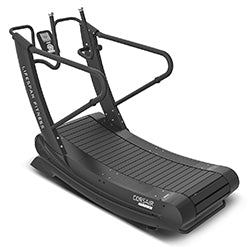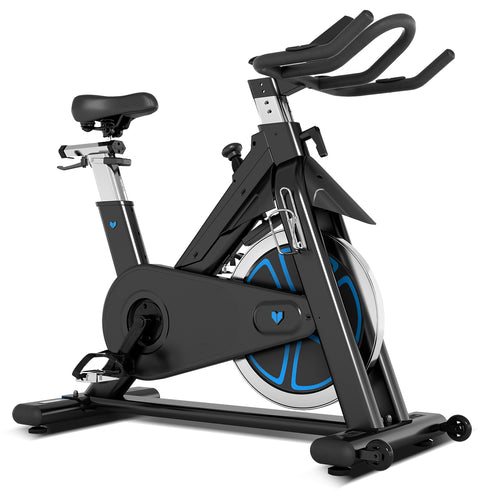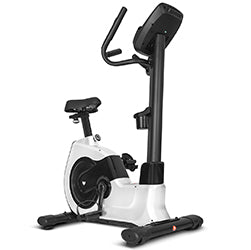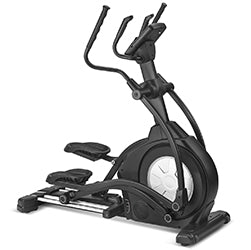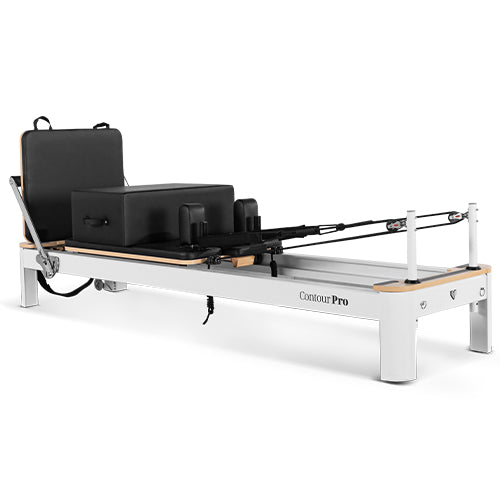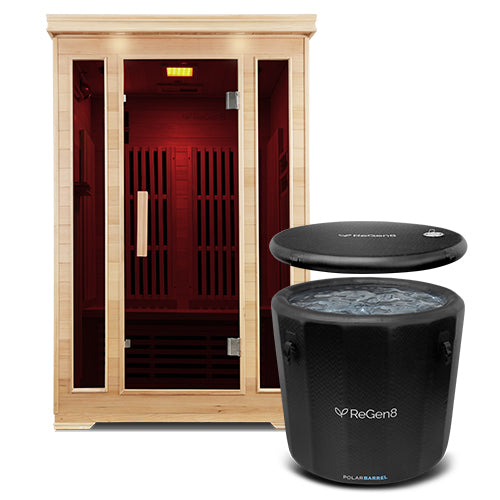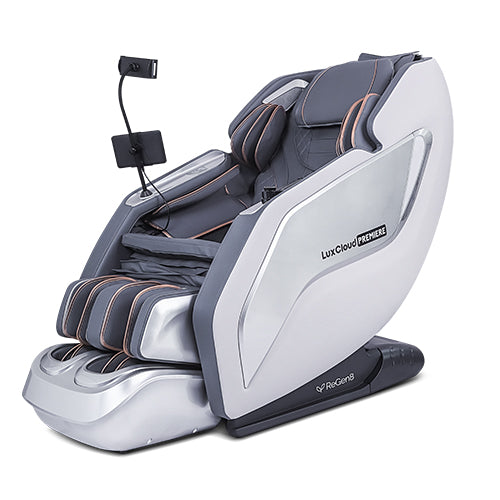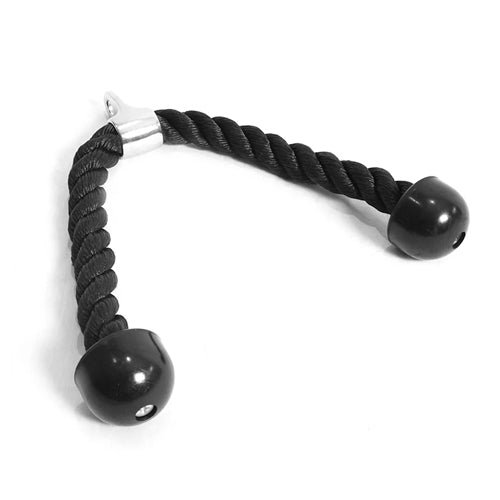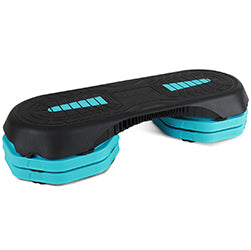

You’ve probably seen fitness influencers across social media dunking themselves into ice-cold water, or in some cases just bathtubs filled to the brim with ice. While it does sound unpleasant, if you work through your initial discomfort, you’ll discover some impressive benefits on the other side. Namely, the surprising ways they can support muscle recovery and even assist in improving general health.
An ice bath involves immersing yourself in cold water, usually around 10°C, for a short period of around 10 to 15 minutes. The idea is that the cold temperature causes blood vessels to constrict, reducing muscle soreness, post-exercise inflammation and clearing out lactic acid. Once you exit the bath and the body warms up again, blood flow increases, helping to flush out toxins and boost recovery.
It’s often used by athletes as an advanced recovery method, as well as having mental health benefits.
Here, we’re going to break down how you can best utilise this method for your own personal health goals, as well as some pros and cons so you can make a better decision.
Before You Take the Plunge
Before you dive straight into and immerse yourself in the invigorating cold, it might be worth speaking with your doctor to make sure it’s right for you, especially if you have any existing medical conditions. Here are some health concerns to consider:
- Heart Conditions: The sudden cold can cause blood vessels to constrict rapidly, potentially triggering dangerous cardiovascular responses in individuals with high blood pressure, arrhythmias or a history of heart disease.
- Respiratory Issues: Cold water immersion can trigger asthma symptoms or make breathing difficult, especially during the initial shock phase.
- Cold Sensitivity or Hypersensitivity: Some people have a very low tolerance for cold. While this doesn’t necessarily rule out using an ice bath, it’s worth taking some precautions or easing into it gently (i.e. starting with a warmer temperature).
Even if you’re healthy, it’s still smart to start slowly and monitor your body’s response for the best possible experience.
Start Low, Go Slow

Cold water immersion puts stress on the body, so rushing into it without preparation can do more harm than good.
Here’s how you can safely incorporate a cold plunge into your recovery after a workout:
- Begin with Short Sessions
Start with just 2–5 minutes in the water, or even shorter if you’re struggling. As your tolerance builds, you can slowly increase the duration up to 10–15 minutes, which is the optimal time for most people.
- Use Mild Cold Temperatures First
There's no need to plunge into icy extremes right away. Begin with cool water and gradually lower the temperature over several sessions as your body adapts. Water temperatures between 15°C are effective without being dangerously cold. After that, ice baths can go as low as 3°C but always proceed carefully.
- Focus on Lower Body First
If you're not ready for full-body immersion, start with your legs and hips. This helps your body adjust to the sensation without overwhelming your nervous system.
- Warm Up Gradually After
After exiting the cold plunge, warm up slowly. Avoid jumping into a hot shower immediately. Instead, dry off, dress warmly and sip a hot beverage. Let your body restore its temperature at a natural pace to reduce the risk of dizziness or blood pressure spikes.
- Pay Attention to Your Body
Shivering, numbness or difficulty breathing are signs you should end the session. The goal is to aid recovery, not to push through discomfort at the expense of your health.
Cold Plunge: Pros and Cons
While cold plunges have earned their place in many post-workout routines, it’s important to weigh both the benefits and risks before making them a regular part of your wellness strategy. When used correctly, ice baths can strengthen physical and mental recovery. But they aren't without potential drawbacks.
Pros of Cold Plunges- Reduces Muscle Soreness and Inflammation
Cold water constricts blood vessels and decreases metabolic activity, which helps reduce swelling and delayed onset muscle soreness (DOMS) after intense exercise.
- Accelerates Recovery
By flushing out metabolic waste and promoting blood flow once you warm up, ice baths can speed up muscle recovery after workout, helping athletes bounce back faster between sessions.
- Supports Active Recovery
Cold plunges can be part of an active recovery workout, aiding in joint and muscle relief without stressing the body further.
- Improves Mental Resilience
The discomfort of cold exposure helps train mental toughness and focus, an essential quality both in and out of the gym.
- Boosts Circulation
Alternating between cold immersion and warming up stimulates blood flow, improving vascular function over time.
Cons of Cold Plunges- Not Suitable for Everyone
Certain pre-existing conditions, such as cardiovascular disease or hypertension, may be at risk when exposed to cold.
- Potential for Hypothermia
Staying in too long or using water that’s too cold increases the risk of dangerously low body temperature.
- Can Mask Pain and Injuries
While cold plunges reduce discomfort, they may also dull pain that signals a more serious injury.
- Shock to the System
Rapid immersion in cold water can lead to involuntary gasping, hyperventilation or dizziness.
Understanding both the benefits and the risks allows you to use ice baths as an informed part of your overall recovery workout plan, not as a one-size-fits-all solution.
CONCLUSION

To get the most from your post-exercise routine, combine cold therapy with other recovery strategies like targeted stretching and massage. When used together and mindfully, these tools can help you stay active, healthy and injury-free.
Ready to take the plunge? Get help deciding on the best ice bath for your needs by getting in touch with our team.





